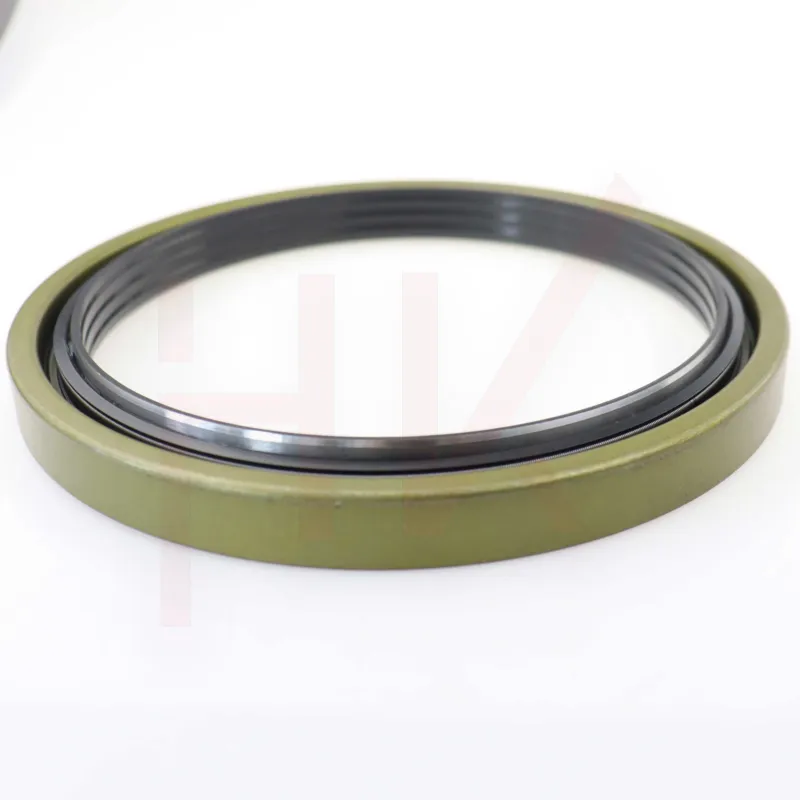Nov . 03, 2024 04:22 Back to list
wheel hub grease seal
Understanding Wheel Hub Grease Seals Importance and Maintenance
Wheel hub grease seals are critical components in the automotive world, playing an essential role in maintaining the integrity and performance of wheel bearings. These seals are designed to keep lubricants, such as grease, contained within the wheel hub assembly while preventing dirt, moisture, and other contaminants from entering. Their importance cannot be overstated, as both insufficient lubrication and contamination can lead to premature wear and eventual failure of the bearings.
The Function of Grease Seals
Grease seals serve two primary functions sealing and lubrication. Proper sealing ensures that the grease remains within the hub, allowing the bearings to operate smoothly. Lubrication reduces friction between moving parts, thus minimizing heat generation and wear. In essence, without functioning grease seals, the wheel bearings would be exposed to contaminants, leading to rust and failure, which can compromise vehicle safety.
Types of Wheel Hub Grease Seals
There are various types of grease seals available, and the correct selection depends on the specific requirements of the vehicle or machinery. Common materials used in the construction of grease seals include rubber and thermoplastic elastomers, which provide excellent flexibility and resilience under varying conditions. Additionally, some seals come with metal reinforcements for added strength and durability.
Signs of Wear and When to Replace
Over time, grease seals can wear out due to exposure to heat, pressure, and environmental factors. Common signs of a failing grease seal include grease leaks around the wheel hub, unusual noises coming from the wheel area, or a noticeable increase in wheel bearing temperature. If you detect these symptoms, it is crucial to inspect and replace the grease seals promptly to prevent further damage.
wheel hub grease seal

Maintenance Tips
Regular maintenance of wheel hub grease seals can significantly extend their lifespan and enhance overall vehicle performance. Here are some tips
1. Routine Inspection Regularly check for leaks or signs of wear during vehicle maintenance. Early detection can prevent more severe issues.
2. Lubrication Ensure that wheel bearings are adequately lubricated. Using the right type and amount of grease is essential for optimal performance.
3. Temperature Monitoring Pay attention to wheel hub temperatures during driving. Overheating can indicate insufficient lubrication or failing seals.
4. Professional Assistance If you're unsure about the condition of your grease seals, consider consulting a professional mechanic. They can provide a thorough inspection and replacement if necessary.
In conclusion, wheel hub grease seals are indispensable for maintaining the longevity and safety of your vehicle. Understanding their function, recognizing wear signs, and engaging in proactive maintenance will help ensure a smooth and safe driving experience. As with any automotive component, prevention is always better than cure, so give these small but mighty parts the attention they deserve.
-
Wiper Oil Seal: Our Commitment to Clean Hydraulics
NewsAug.13,2025
-
Hydraulic Oil Seal for Self Discharging Cars
NewsAug.13,2025
-
Hub Oil Seal for Agricultural Tractor Hubs
NewsAug.13,2025
-
Skeleton Oil Seal with NBR Material
NewsAug.13,2025
-
Rotary Lip Seal for High Pressure Applications
NewsAug.13,2025
-
Cylinder Seal Kits Our Legacy of Hydraulic Trust
NewsAug.13,2025
-
Unlocking the Potential of Hydraulic Systems with Essential Sealing Solutions
NewsAug.06,2025
Products categories
















